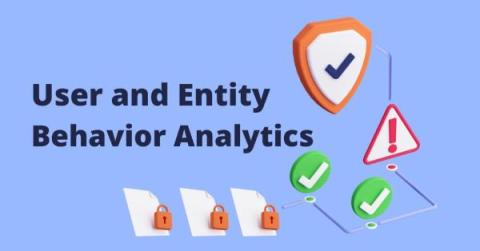Mastering Your 2024 Endpoint Security Strategy
In IT, endpoints are the physical devices that connect to a network system. In a corporate environment, endpoints include mobile devices, desktop computers, laptops, servers, and other equipment employees use to access the network and other critical digital systems. A company with fewer than 50 employees typically averages around 22 endpoints, 50-100 employees average more than 100, and companies with more than 1,000 employees average nearly 2,000.



